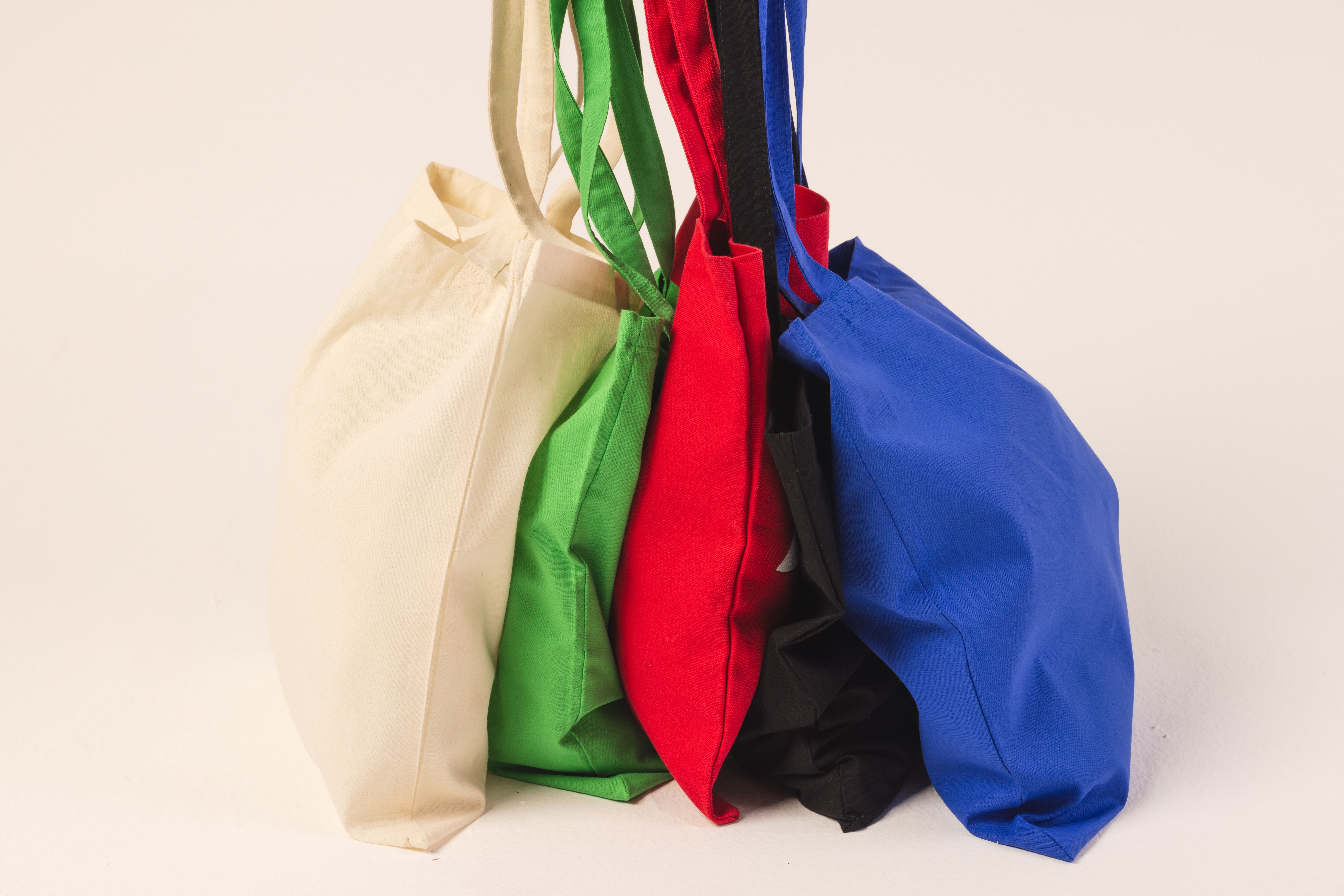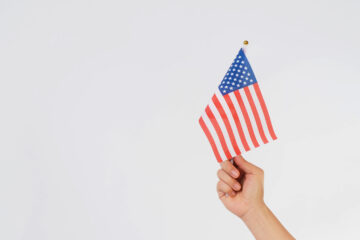Navigating the 2025 U.S. Tariffs: Why More Brands Are Reshoring Production
In 2025, the global manufacturing and trade environment is facing one of its most significant shifts in decades. For brands operating in soft goods and consumer products, the landscape of offshore production has become increasingly complex and costly. Driven by the introduction of new U.S. tariffs, including a sweeping 10% baseline on most imports and the elimination of the de minimis exemption for low-value shipments from China, businesses of all sizes are reassessing where—and how—they manufacture their goods. At the forefront of their considerations? A return to domestic manufacturing.
Understanding the New Tariff Structure
The new tariffs introduced in 2025 are part of a greater effort to enhance American industry and encourage businesses to move manufacturing to domestic facilities. Some of the key aspects of these new tariffs include:
- A 10% baseline tariff on most imported goods, regardless of origin. This is an over-arching measure intended to level the playing field for U.S.-based manufacturing facilities.
- Reciprocal tariffs targeting trade-deficit countries, with China being hit the hardest at a staggering 125%.
- Elimination of the de minimis threshold for imports from China and Hong Kong, which previously allowed shipments under $800 to enter the U.S. without duties or tariffs. This change alone has sent ripples through the e-commerce and fast-fashion sectors.
For brands that heavily rely on overseas manufacturing, particularly in Asia, the cost of doing business has increased overnight. Products and imports that were once the economic choice are now subject to steep fees, eroding brands’ profit margins.
The Business Impact: Cost, Complexity, and Customer Confidence
The new tariffs change more than just the financials of a brand– they strike at the heart of a brand’s supply chain strategy. As an initial response to these tariffs, many businesses are taking the hit of these added costs or passing them off to consumers. Unfortunately, that is a short-term fix that may not align with your brand’s long-term strategy. The more strategic response? Rethinking production entirely.
Many brands, especially those in fashion, home goods, and accessories, are taking a hard look at reshoring—bringing production back to the United States.
Why?
- Cost Predictability: Domestic manufacturing removes the uncertainty of fluctuating tariffs and trade policies.
- Shipping and Logistics Advantages: With overseas freight times still recovering from pandemic-era disruptions, shorter lead times and fewer transit risks are a major draw.
- Consumer Preference: More American consumers are paying attention to where products are made. “Made in USA” labeling can offer a powerful brand advantage.
- Control and Quality: With production closer to home, brands enjoy better oversight, communication, and speed of innovation.
Why Reshoring Is Gaining Momentum
Reshoring isn’t new, but the 2025 tariff environment has made it a more urgent consideration. In fact, according to recent industry surveys, nearly 7 in 10 U.S. manufacturers are actively exploring or executing reshoring strategies this year.
Even global giants like Apple, Nvidia, and Intel are expanding their U.S.-based operations. Their actions reflect a larger shift in sentiment: producing in the U.S. is no longer just a patriotic move—it’s a smart business decision.
For startups and mid-sized brands, the path might look different, but the motivations are the same:
- De-risking the supply chain from unpredictable trade barriers.
- Protecting margins by avoiding the increasing costs of international shipping and compliance.
- Aligning with ESG goals, including carbon reduction and ethical labor practices.
Challenges on the Road to Reshoring
Of course, reshoring doesn’t come without hurdles.
- Higher Labor Costs – U.S. labor is generally more expensive than overseas options, particularly in Asia. However, the total landed cost (including tariffs, shipping, delays, and returns) may still favor domestic production.
- Capacity Constraints – As more brands reshore, domestic factories may face limited availability or backlogs, especially for specialized production.
- Skills Gap – Certain segments of the workforce, particularly in textiles and sewing, have seen generational decline. Finding skilled labor can be a challenge, but not an insurmountable one.
The good news? These obstacles can be addressed with the right partners, strategic planning, and a phased approach.
How to Make Reshoring Work for Your Brand
At Softline Brand Partners, we believe that reshoring is not an “all or nothing” decision. For many brands, a hybrid model—where key SKUs or limited-run items are produced domestically—can be the right first step.
Here’s how to start exploring reshoring:
- Audit your current supply chain: Where are your cost vulnerabilities? What’s your exposure to tariff risk?
- Assess product categories for domestic fit: Not all products make sense to reshore. Focus on those with high value, high velocity, or time-sensitive delivery windows.
- Find the right partners: Not all U.S. manufacturers are created equal. Choose a partner that understands your brand, your quality standards, and your need for flexibility.
- Use technology to streamline: From CAD-based design to automated cutting and sewing, domestic manufacturing is no longer just manual—it’s innovative and efficient.
Why Softline Brand Partners?
We’ve helped dozens of emerging and established brands successfully move production closer to home. Our team understands the nuances of U.S. tariffs and domestic manufacturing, from sourcing to stitching, and we specialize in low-MOQ, high-quality production runs that don’t sacrifice brand vision.
Whether you’re just beginning to explore reshoring or you’re ready to make the leap, we’ll help you navigate this complex transition with clarity and confidence.
Ready to reshore your production?
If the 2025 U.S. tariffs have your brand reconsidering overseas manufacturing, you’re not alone. The move to domestic production can help you gain more control, reduce risk, and build a more resilient business.
Let’s talk about how Softline Brand Partners can help you bring your manufacturing back to the U.S.—without compromising quality, speed, or creativity. Contact us today to schedule a consultation.










